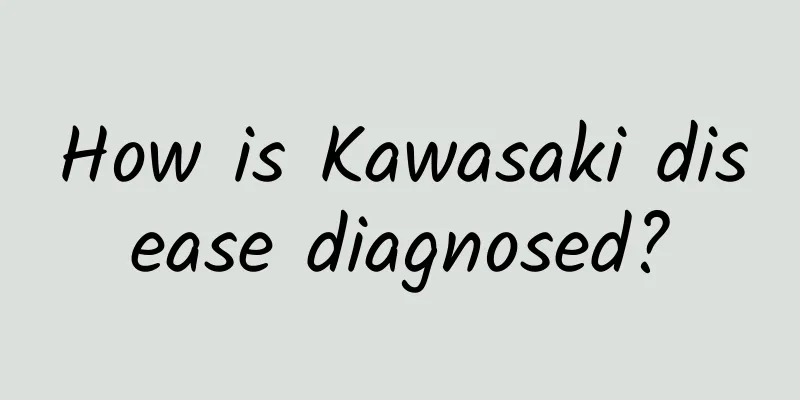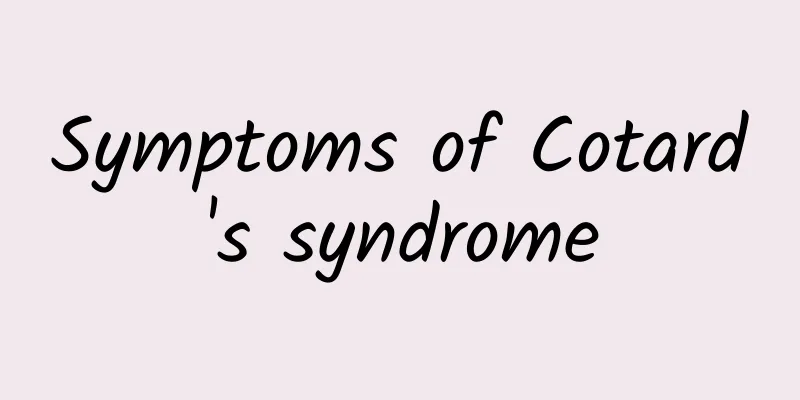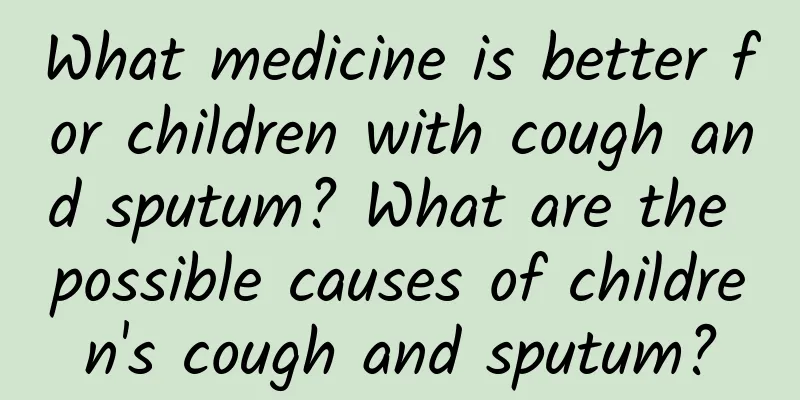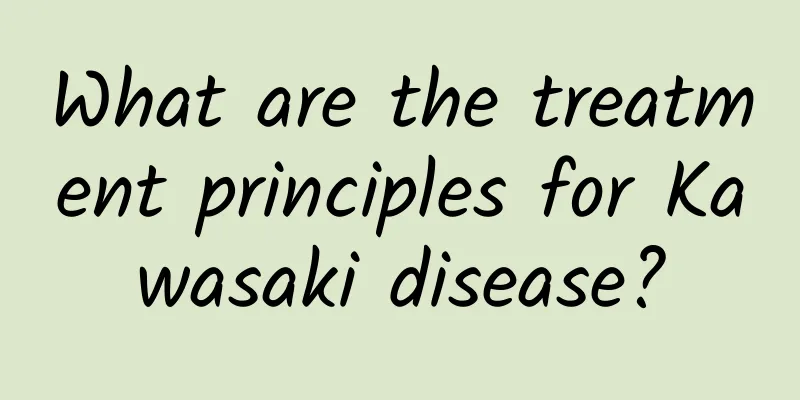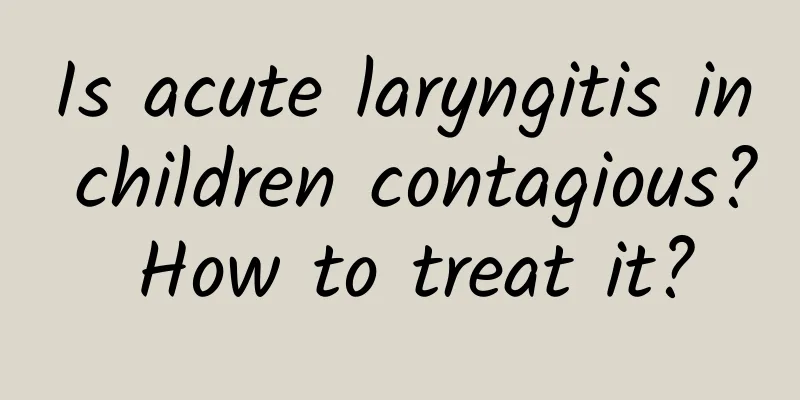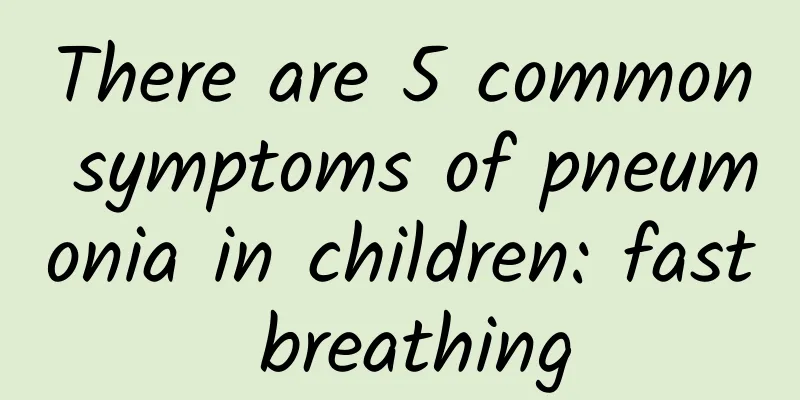Are the symptoms of Kawasaki disease serious in infants?
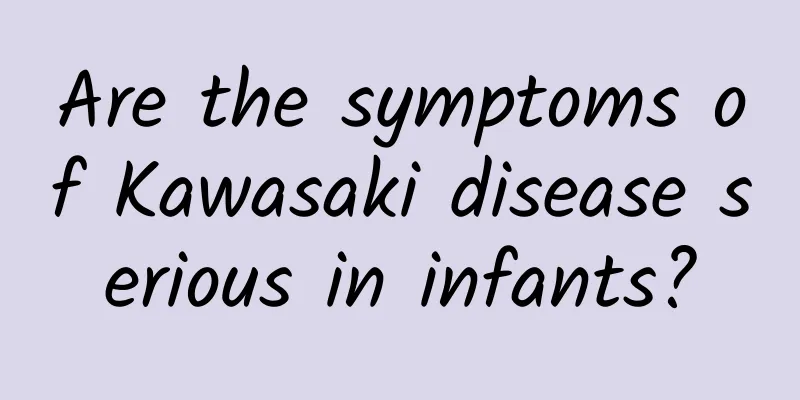
|
The symptoms of Kawasaki disease in infants may be severe and require early medical attention. Delayed treatment may lead to cardiovascular complications. Kawasaki disease is a common vasculitis disease in infants and young children. Its symptoms mainly include persistent high fever (usually more than five days), skin rash, strawberry-like congestion of the lips and tongue, swelling and peeling of the hands and feet, conjunctival congestion (no secretions), and swollen lymph nodes in the neck. These symptoms may be accompanied by a systemic inflammatory response, especially the risk of damage to the coronary arteries of the heart. Especially for infants, because their immune systems are not yet fully developed, the disease will progress faster than in older children and may cause more serious health problems. When the above symptoms occur, it is critical to seek medical attention as soon as possible. After diagnosis, common treatments include the use of intravenous immunoglobulin (IVIG) to control inflammation, taking aspirin to reduce inflammatory response and reduce the risk of thrombosis, and if necessary, the cardiologist will recommend higher-level treatment based on the condition of the coronary arteries, such as anticoagulants or special treatment measures for coronary artery lesions. Parents should clearly inform the doctor of all symptoms and duration when seeking medical treatment to help with early diagnosis. In the early stages of treatment, the child's heart condition needs to be closely monitored, and the health of the coronary arteries should be assessed by echocardiography. During the recovery period, parents need to provide their children with a balanced diet, avoid irritating foods, ensure that their children get adequate rest, and avoid strenuous activities. It is very important to regularly check heart function after treatment to observe possible long-term problems. If the child still has abnormal symptoms after the condition is under control, such as persistent low fever or heart discomfort, the doctor should be informed in time to avoid secondary complications. If symptoms suspected of Kawasaki disease are found, be sure to seek help from a pediatrician as soon as possible to reduce the risk of serious consequences. |
<<: Symptoms and hazards of neonatal jaundice
>>: What medicine is good for children with pneumonia and bronchitis?
Recommend
Is it expensive for children with eczema to see a Chinese doctor?
At present, the incidence of childhood eczema has...
What topical medications are used for patent ductus arteriosus
What topical medications are used for patent duct...
Methods for treating chronic hepatitis B caused by jaundice
Treatment of chronic hepatitis B caused by jaundi...
Necessary examinations for diarrhea in children
Children have poor resistance. In autumn, if pare...
What are the types of pneumonia in children?
Traditional Chinese medicine believes that pediat...
What to do if a child has a cold and fever? Precautions for medication for children with colds and fevers
When children catch a cold, the most common sympt...
How long does it take for newborn jaundice to subside?
Neonatal jaundice can be divided into physiologic...
How long can you live with jaundice hepatitis
How long can you live with jaundice hepatitis? If...
How to treat a two-month-old baby's cough and phlegm? How to treat a two-month-old baby's cough and phlegm?
The respiratory tract of a two-month-old baby is ...
Does Kawasaki disease affect pregnancy?
Does Kawasaki disease affect pregnancy? When it c...
Remedies for Kernicterus
Kernicterus is a bilirubin encephalopathy caused ...
Can children with pneumonia not eat protein? Children with pneumonia should follow three dietary principles
Children's bodies are relatively fragile and ...
What causes hand, foot and mouth disease?
Hand, foot and mouth disease can occur in any sea...
What to do if the baby can't cough up phlegm
When a newborn baby has phlegm that he cannot cou...
The harm of jaundice that does not subside for 3 months
The dangers of jaundice that does not subside for...
